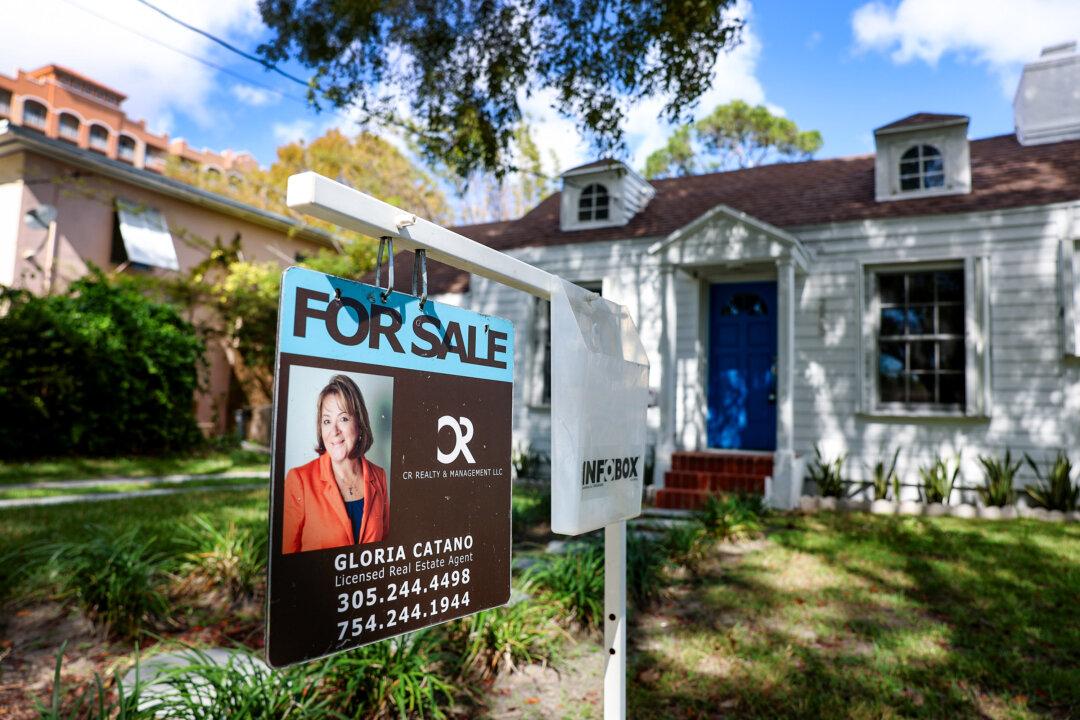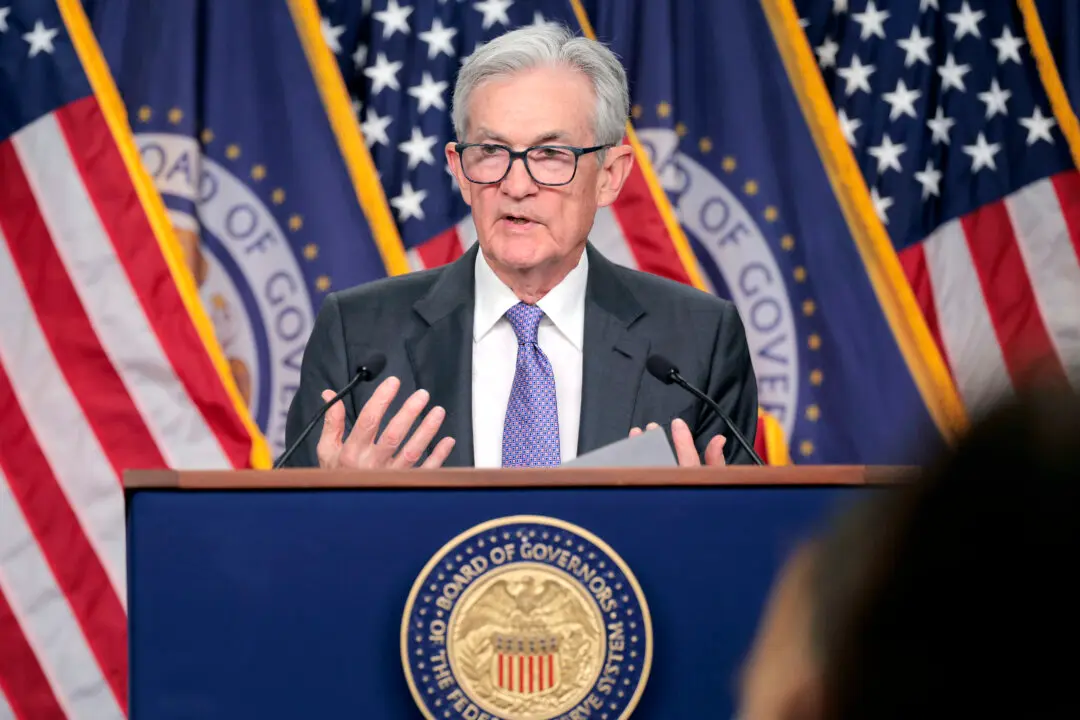The average fixed rate on a 30-year mortgage held steady this week and remained at around its lowest level in more than a year, new Freddie Mac data confirmed.
According to the Primary Mortgage Market Survey (PMMS), the average 30-year fixed-rate mortgage was 6.49 percent for the week ending Aug. 15. It was up slightly from 6.47 percent in the previous week—the lowest level since May 2023.





